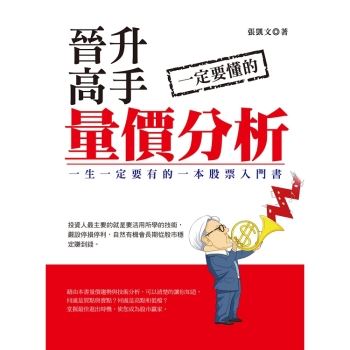Regional technology-based economic development and the recruitment and retention of talent is a top priority of city-regions in the United States and in countries around the world. However, policy recommendations from government officials, industry leaders and academics are often ambiguous or are in conflict. To address these issues, this book deals with the complex intersection of institutional theory and national and regional policy initiatives.
It provides an overview of United States and Japanese technology policy development at the national level with case analyses of Austin, Texas and Tsuruoka, Japan to identify key regional strategies and processes that have resulted in successful endogenous technology-based business development and job creation. It offers an innovative analytical perspective to improve our understanding of how successful tech-based regional economic development works in theory and practice. The book’s discussion is grounded on important technology paradigm shifts in the US and Japan from 1970 to 1980 leading to current realities. To address the complex "Puzzle of Space" conundrum, the authors describe similarities and differences in regional development processes in Austin and Tsuruoka. They present a generalizable model indicating necessary and sufficient conditions linked to the building of new "Small i" institutions at normative and cognitive levels of analysis in consort with regulative policy and innovations at macro level "Capital I" institutions. The book clearly explains the relations between institutions and economic growth, an important issue in contemporary economics.
The book’s conclusions clarify critical success factors for endogenous regional development growth theory and lead to recommendations for policymakers who are searching for ways to achieve success.











